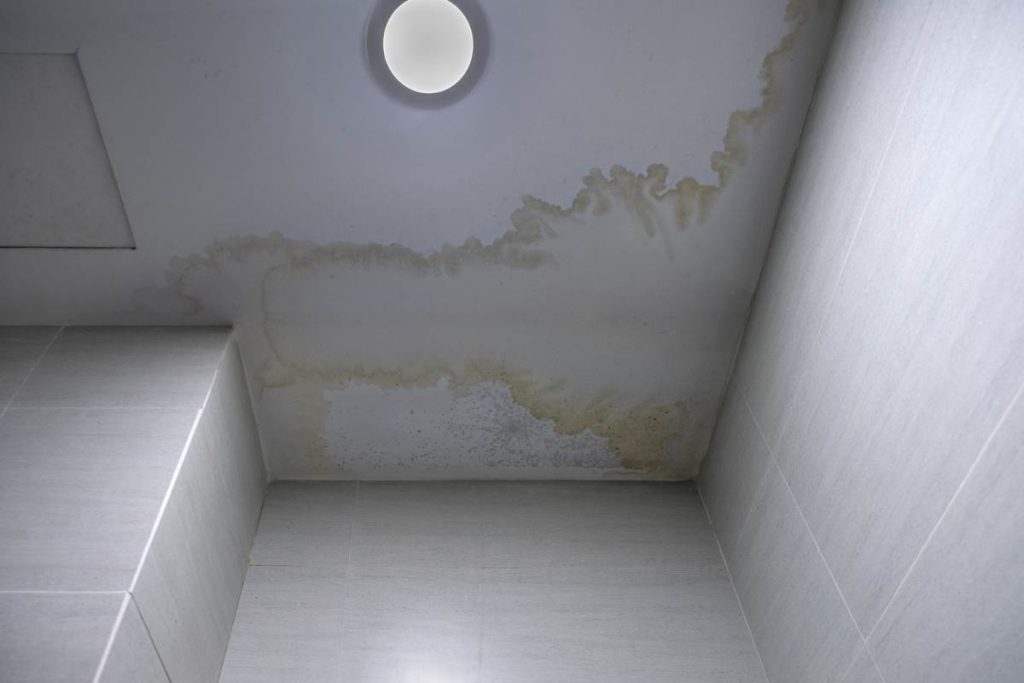Safely managed drinking water is a basic requirement for any healthy human being. Unfortunately, in 2022, only 73% of the global population was able to access clean and safely managed drinking water in different regions of the world. With a significant number of the world’s population still unable to enjoy clean water for domestic use, it’s important to learn the tips for keeping your water clean at home. Whether residing in sub-Saharan Africa or the European and American continents, here are five choice tips to get you started with your clean-water resolutions.
Test Your Water Regularly
You can’t tell if your water is the problem if you don’t test it regularly to ensure it’s fit for domestic use. With perfectly working water-testing kits, you can analyze your water for different contaminants like bacteria, lead, and other pollutants early before they’re widespread. Once you understand what you’re dealing with, you can easily pick a befitting solution for the respective problems present.
Get a Water Filtration System
Whether under-the-sink filters, faucet-mounted filters, or home reverse osmosis systems, a good water filtration system is a sure way to boost your water’s cleanliness levels. This strategy is important, especially for those residing in areas with low water quality or persons with compromised immune systems.
If you’re only looking to improve the quality of your drinking and cooking water, an under-the-sink or faucet-mounted system can get the work done. However, if you’re aiming to improve the quality of water in your entire home, a whole-house water filtration system, such as a reverse osmosis system, can do a perfect job.
Use Household Chemicals Carefully
One way your home water gets contaminated is through household chemicals that make their way into your water system. When doing your cleaning, it’s important to check where you pour off the used water as the run-off can get its way back into your water supply system, contaminating it.
Along with following proper wastewater disposal procedures, you should also consider investing in environmentally friendly cleaning products as much as possible. This way, you don’t have to worry so much about where the runoff goes once it starts to flow.
Keep an Eye on Disruptive Construction or Sewer Works
While your municipality will often notify you of any upcoming sewer and drainage works in your area, it’s important to always keep an eye out for early construction signs. Drainage works can always accumulate debris and sludge in your pipeline system exposing your daily-use water to harmful germs.
Catching any disruptive drainage or sewer work in their earliest stages helps you take necessary precautionary measures to avert potential problems. You could negotiate with the local authority for an alternative water line connection or connect a specific water filtration system to boost your water cleanliness.
Replace Household Plumbing
Having clean water piped to your home is one thing, but having that water pass through clean and safe pipes and faucets is another. Old household plumbing is fertile grounds for lead accumulation and is a great threat to your health when left undetected. If you’re unsure of the material used to make your household plumbing, it’s best to consult a professional to help with the replacements.
You should change your galvanized plumbing pipes to copper pipes that contain a maximum of 0.25% lead. This way, you can rest assured your pipes will not pose a contamination threat to you and your family.
Having clean drinking and household water is important for maintaining a healthy home and keeping medical costs low. If you’ve suffered a water-related illness, you don’t have to go through that challenging experience ever again. With the above tips, you can enjoy using your water without any worries you’ll catch an illness.











